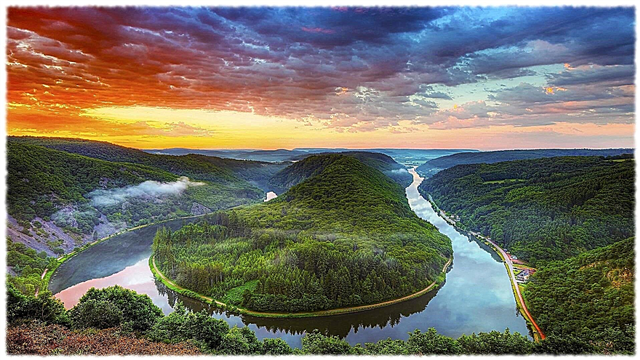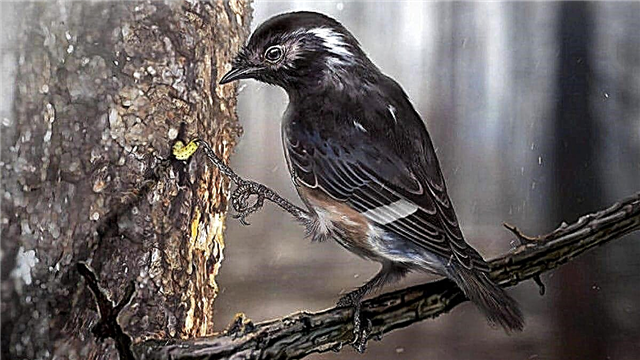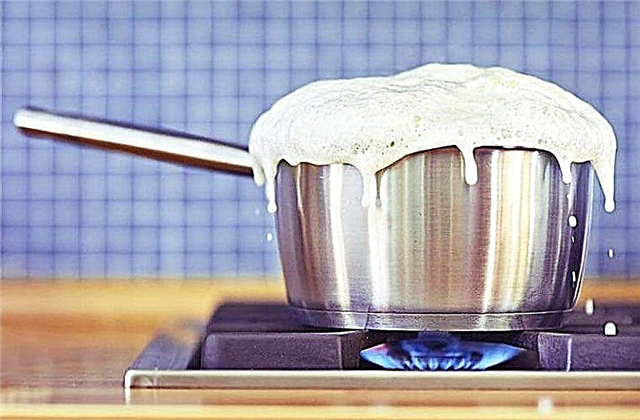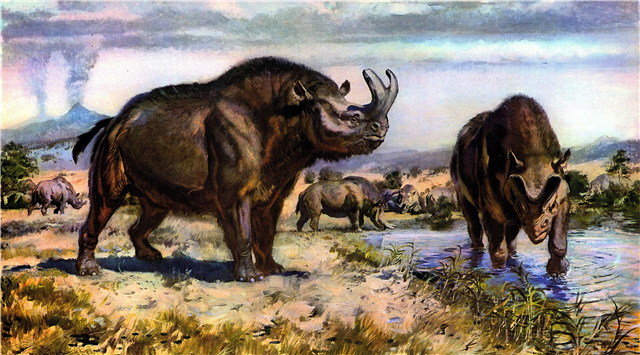
Despite the fact that the poles of the Earth keep a fairly low temperature every year, they are inhabited by various species of animals that have managed to adapt to the cold. This allows the body to retain heat regardless of environmental conditions. But what about the limbs? They are not equipped with a dense coat of wool and a thick fat layer. Whereas polar animals manage not to freeze their paws on ice?
Polar climate
On these lands the negative temperature keeps around the clock. Only in some areas can it range from +1 to +6 degrees. In winter, the climate is much colder. In some areas, thermometers record stable -70 degrees.
Precipitation is rare. During the year, their thickness is only 1-2 meters. However, due to the almost complete absence of people and the small number of animals, this does not prevent the lands from gradually overgrowing with snowdrifts. Due to the fact that the Arctic is located at the poles of the planet, the length of the day and night is different from the usual.
Interesting fact: In the Arctic, a day can last more than 40 days. The same goes for night. At certain times of the year, darkness can stay here for several tens of days.
Geographically, these territories intersect with borders with more than eight countries: Russia, the USA, Norway, Finland, etc.
Why don't polar animals freeze their paws on ice?
In the Arctic, animals are constantly forced to move on ice and snow, living in a climate with negative temperature. So that their body does not freeze, they are equipped with innate means of protection from the cold.
The birds under the feathers have a thick pillow of fluff, which delays the release of heat from the body. Animals have massive fur coats, under which they accumulate fat. This helps keep you warm and comfortable even at low temperatures.
However, if you look at the paws of creatures living in the Arctic, it immediately becomes clear that they are not sufficiently protected. Logically, at minus temperatures, the limbs of animals and birds living in this territory should be frost-bitten after a few hours. But the local fauna feels pretty good in the snow.
It would seem that in order to avoid frostbite of the limbs, it is enough for the animals to grow dense fur not only on the body, but also on them. However, massive wool growths would interfere with movement, fettered the body. Therefore, the inhabitants of the Arctic Circle had to look for another solution.
Polar animals have learned to protect paws from frostbite with the help of evolution, namely, due to an improved arterial system. Vessels with incoming blood and leaving to the heart are located very close to each other. Thus, when hot blood flows from the body into the paw, it interacts with the cold blood that goes back to the heart and cools. The closely spaced blood channels heat and cool each other at the same time.This allows you to keep paws at a low temperature, but avoid frostbite.
Interesting fact: The temperature of the paws of polar bears can reach only four degrees, but because of such a circulatory system, there will be no frostbite.
The animals of the Arctic have learned to apply the peculiarity of their body in practice. During intense movements, for example, when chasing a victim, the internal temperature begins to rise in the beast. And through its paws, it can quickly “cool down” and release heat surplus into the atmosphere. This protects the animal’s heart from temperature changes and the development of diseases.
Polar animals do not freeze paws on ice due to the device of their circulatory system. The vessels in the limbs are arranged in such a way that those from where the blood goes back to the heart are in close contact with those through which the blood from the heart enters the paws. Between the vessels, heat exchange occurs, which allows you to maintain a low temperature inside the paws. Accordingly, because of this, frostbite does not occur.












